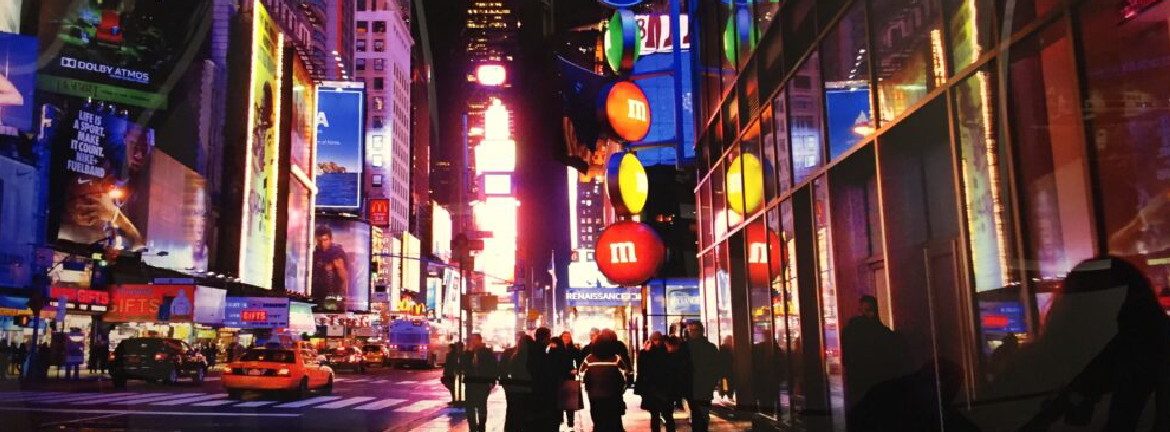1. Inspiration
Vladimir Antaki
Vladimir Antaki, born in Saudi Arabia, is a visual artist who connects the past and the present, bringing the faded values or the forgotten celebrations into his works. In his works, the viewers can organize their thoughts about how to express the theme or main points that they want to express in their photos. Vladimir Antaki focuses on the “story” that he wants to show by using the way of taking photographs. So, his work ultimately represents the key points that he wants viewers to think about or to share his own ideas. He demonstrates his portrait by taking individuals or materials and, moreover, the setting or the environment, eventually making people think about the nostalgia of the beauty and history of ancient, often-forgotten areas.

The Guardians-Vladimir Antaki, 2014
Techniques and Styles:
His style of evaluating the photos is having a person in the middle and taking a picture with diverse elements in the setting. The transparent colors and materials are the most distinctive features of his works. He usually takes the things that are common in daily life such as stationery or books. For example, in the series “Behind the Green Door,” there is a photograph of pencils, clothes, and books on the floor. He also prefers the repetition of these elements. In his celebrated series, The Guardians, there is a repetition of similar elements in the background, creating attention to a person in the middle. The places are sometimes overloaded with elements, guarded by people who would always be there. A slight change in the photographic movement affects the audience’s feelings about the personality and the relationships of the owner and place.
Reasons for selection:
Antaki’s reason for creating the photographs led to my decision to select these works. His desire in this work is to record the daily lives of people in different cities and give tribute to the people who we meet every day without really noticing. Antaki represented his hopes of people realizing the beauty of ordinary urban areas, the passion that was kept by these shopkeepers, the tradition and cultural features. His works inspired me to develop my ideas and set details about my portrait photographs. Since he added his creativity to urban landscapes and people, I would try changing the posture and places to record the daily changes as time flows. Also, I’d like to use similar techniques and settings that Vladimir Antaki had in “The Guardians”, having one person in the middle with elements. I want people to think about the change itself made by us. Showing the specialness of every typical scenes that we see without paying much attention would be the ultimate goal for building my identity project.

The Guardians-Vladimir Antaki

Behind the Green Door-Vladimir Antaki, November 2016

The Guardians-Vladimir Antaki
These photos have an antique mood from the materials on the background, eventually creating a story of the urban area. There are simple patterns such as parallel lines and shapes or complementary colors such as green and red in the work, which improves the quality of work. Furthermore, by placing a person in the middle of the photo, it seems to catch the audience’s sight well.
2. Critique

The Guardians-Vladimir Antaki
The subject of this photograph is to capture the shopkeepers in diverse places, capturing the scenes of urban areas and the people who have their lives in the shops. So, the places where photographs are taken are mainly shops, and the people shown in the pictures are the owners. From the details of the elements in the picture, we can guess which shop it is, and from the postures they chose, it is distinct that they usually stand up or sit without having specific poses for photographs, being natural, being who they are. His works mainly represent the cultural and social context that the people have by capturing the scene of ordinary shops. He integrates with numerous people’s minds in this one series. Compared with the photo that is black and white, this work seems to demonstrate the connection between the past and the present. The contrast in the photograph is quite low, but the repetition and evaluation of ideas were clear. Also, since the photograph focuses on each element, it catches every single detail that the place has.

My name is Wesson Dagnew-Vladimir Antaki, 2016
The subject of this work is the most well-shown work on the theme of identity. It contains a story of who you are and what makes you happy by using the photographic features and Antaki’s way of understanding the story of people and transforming it into the photograph that has the story. The use of colour is more distinct and the resistance of places becomes looser than other works. The photograph usually takes place in the street or the alley. Unlike The Guardians, Antaki demonstrates this work by focusing mainly on one person, only a person. So, when the viewers have a look at the picture, the face of a person catches their sights. Because of this simple but strong effect, the patterns or the shapes are hard to see. However, the shades and the lights create a contrast and highlights the tone of overall works, therefore giving more various feelings than the photo that only has lights on everywhere. As seen in this photo, having a specific story in the works also helps to expand the ideas of identity.







































Recent Comments